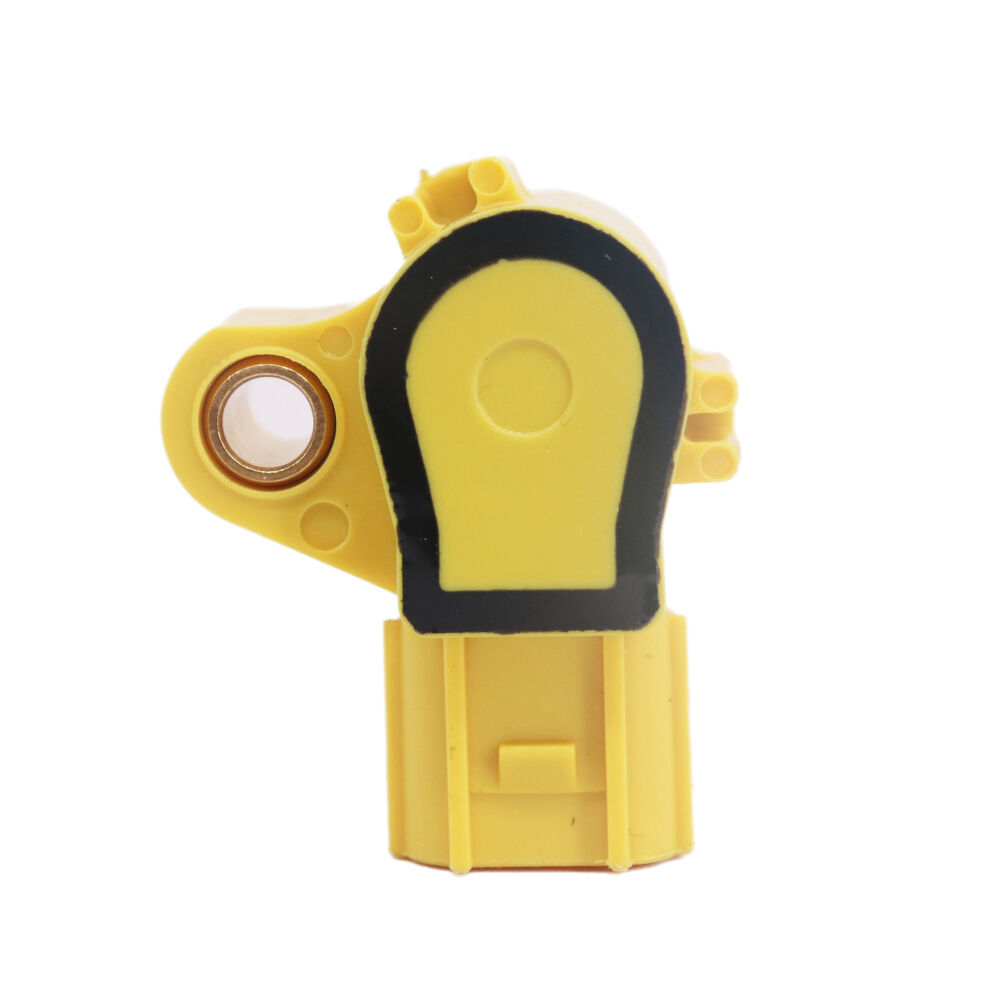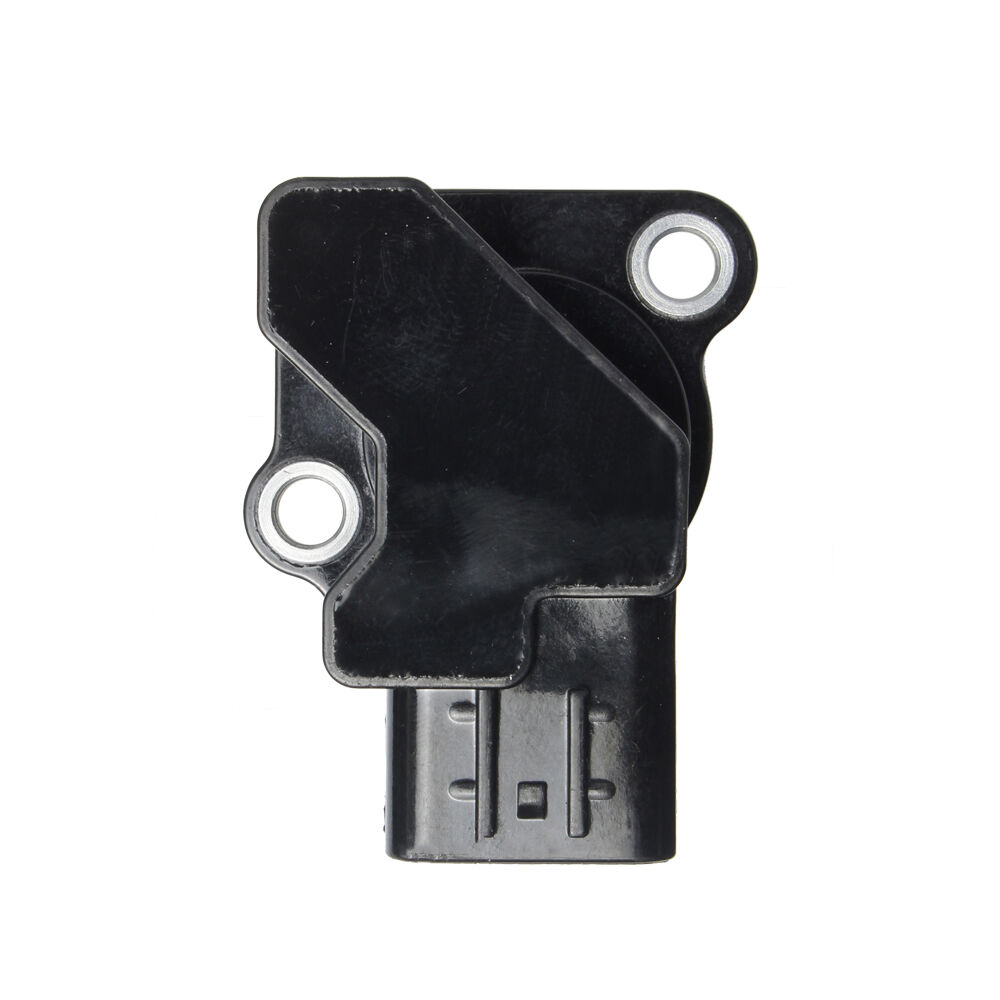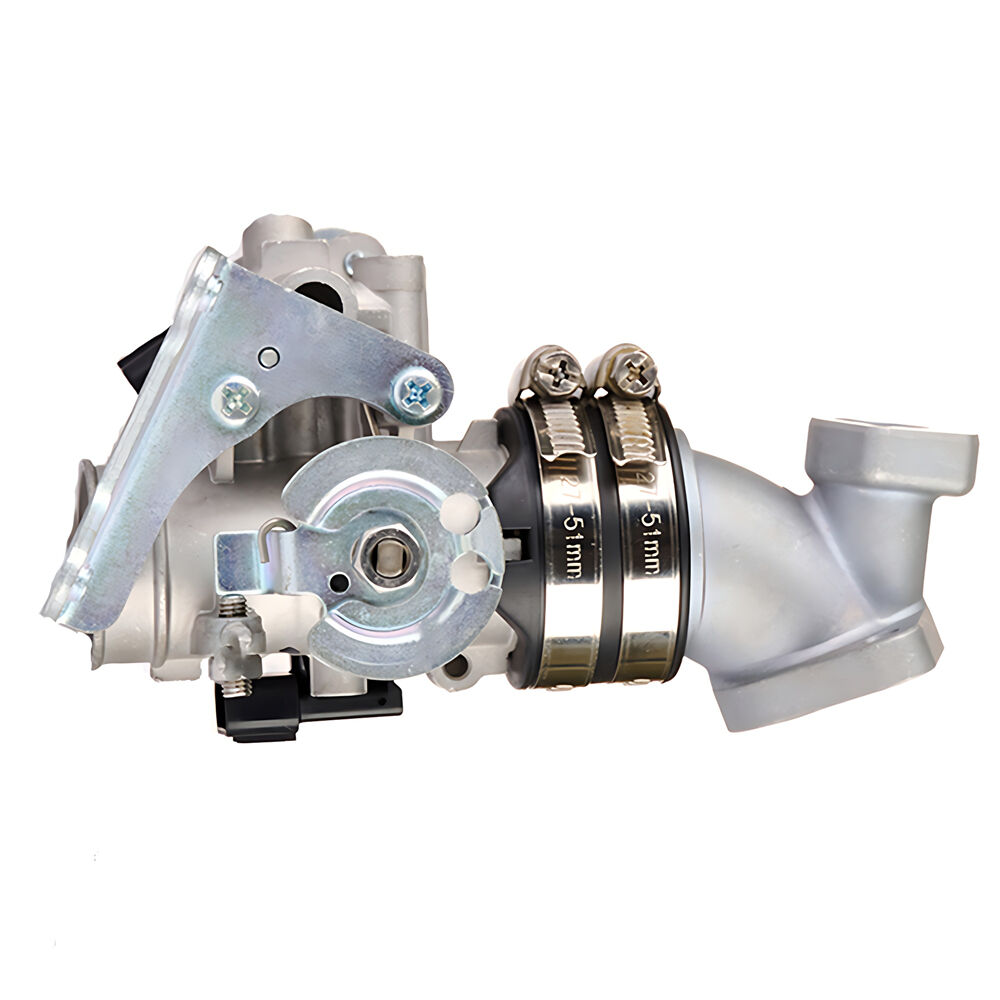motor üzerinde krank mili konum sensörü konumu
Krank mili pozisyon sensörünün motor üzerindeki yeri, genellikle krank miline yakın, motor bloğu, zamanlama kapağı veya şanzıman kavrama muhafazası üzerinde monte edilmiş bir kritik bileşendir. Bu stratejik konumlandırma, sensörün motor çalışması sırasında krank milinin dönel hızını ve hassas konumunu doğru bir şekilde izlemesine olanak tanır. Sensör, krank mile bağlı olan tetik tekerleklerinin veya relüktör halkalarının hareketini tespit etmek için gelişmiş manyetik veya Hall efekti teknolojisini kullanır. Krank mili döndükçe sensör, motor kontrol modülüne (ECM) iletilen elektriksel sinyaller üretir ve bu da motorun en iyi şekilde zamanlanmasını ve performansını sağlamak için hayati öneme sahip veriler sağlar. Bu hassas yerleştirme, diğer motor bileşenlerinden minimum düzeyde etkilenmesini ve sinyal kalitesinin sürekli olmasını sağlar. Sensörün konumu, ekstrem sıcaklıklara ve titreşimlere dayanıklılık gösterirken bakım gerektiğinde erişilebilir olacak şekilde özenle mühendislik yapılmıştır. Modern motorlarda sensörün çevresine özel muhafazalar ve termal kalkanlar gibi gelişmiş koruma özellikleri yerleştirilmiştir; bu da çeşitli sürüş koşullarında güvenilir çalışmayı sağlar. Bu kritik konumlandırma, sensörün motorun çalışma aralığının tamamında doğru okumalar yapabilmesini sağlayarak verimli yakıt enjeksiyonu zamanlaması, ateşleme zamanlaması ve genel motor yönetimi sürecine katkı sağlar.


